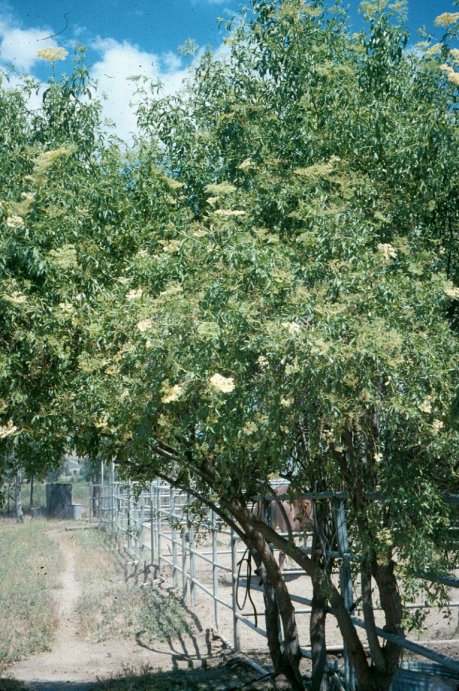| Botanical Name: Sambucus racemosa | |
| Common Name: European Redelder |

-
Anatomy
-
Culture
-
Design
Plant Type
Tree, Shrub
Height Range
6-12', 12-25'
Flower Color
Yellow, White
Flower Season
Spring, Summer
Leaf Color
Dark Green
Bark Color
Brown
Fruit Color
Red
Fruit Season
Summer, Fall
Sun
Full, Half
Water
Medium, High
Growth Rate
Fast, Moderate
Soil Type
Clay, Loam
Soil Condition
Average, Rich, Well-drained, Moist
Soil pH
Acid, Neutral, Basic
Adverse Factors
Invasive
Design Styles
Meadow, Woodland
Accenting Features
Multi-trunk Tree, Showy Flowers
Seasonal Interest
Spring, Summer
Location Uses
Background, Shrub Border, Walls / Fences
Special Uses
Erosion Control, Hedge, Screen, Naturalizing
Attracts Wildlife
Birds, Hummingbirds, Butterflies
Information by: Stephanie Duer
Photographer:
Photographer:
-
Description
-
Notes
European redelder is a deciduous shrub with a multi-stemmed, upright habit, growing about 8 to 12 feet tall and wide. It has large, glossy, pinnately compounded, dark green leaves, elliptic to linear in shape and sharply serrated. Flowers with clusters of small creamy white flowers that bloom in late spring and summer. Flowers are followed by small red berries that last through the summer into the fall. The berries are enjoyed by birds and the flower nectar attracts hummingbirds, bees, and butterflies. The dense, spreading root system makes it useful for soil stabilization and erosion control in moist sites, such as those along riparian corridors.
Grow in full sun to dense shade in well drained, moist to wet soils. pH adaptive. Though originally native to Europe, it has naturalized across the western United States, including Utah. Berries are edible after cooking.